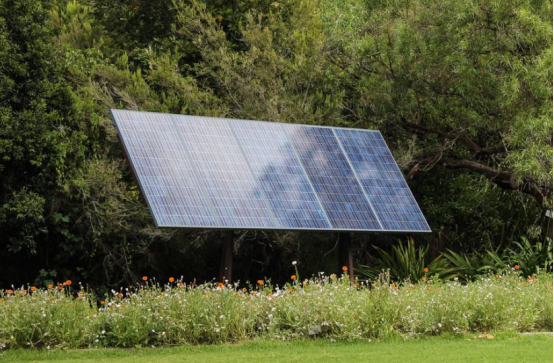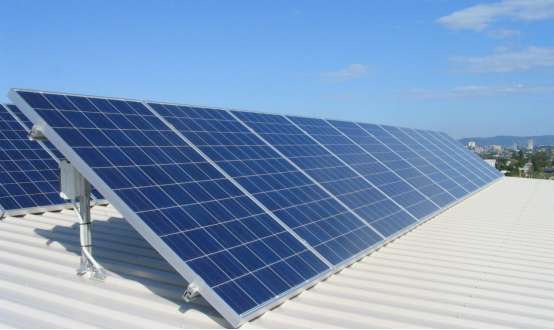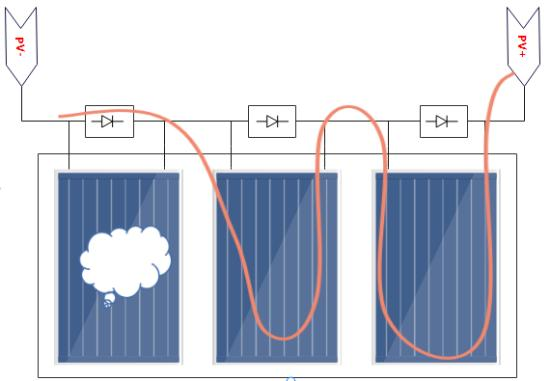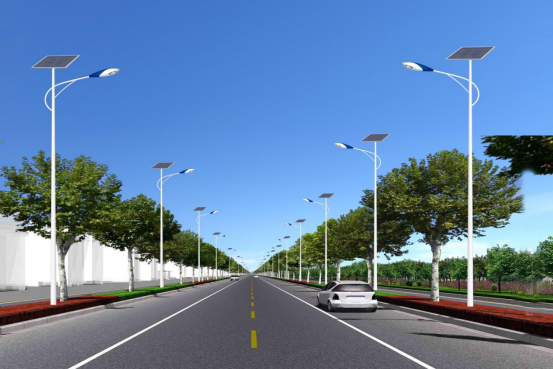The core of a solar panel is the internal solar cells, which convert light energy into electrical energy. There are many factors that affect the final power generation efficiency (output power) of the entire solar panel, which can be mainly classified into the following categories:
The quality and performance of the battery cells themselves
The material purity, crystal structure (such as monocrystalline silicon, which is usually more efficient and resistant to hidden cracks), and production process level (such as the presence of defects such as hidden cracks, virtual soldering, oxidation, etc.) of battery cells directly determine their basic photoelectric conversion efficiency.
Low quality battery cells or production defects can lead to low initial efficiency and accelerate performance degradation over long-term operation.

operation temperature
Solar cells are highly sensitive to temperature. An increase in temperature will significantly reduce its power generation efficiency. The key indicator is the peak power temperature coefficient, which is typically between -0.30% and -0.35%/℃ for mainstream crystalline silicon solar panels. This means that for every 1 ℃ increase in temperature, its output power will decrease by about 0.3% -0.35%. In hot weather, even with strong sunlight, efficiency may be limited due to high temperatures.
- Aging and decay
① Initial photo induced attenuation: In the first year of operation, there will be a rapid decrease in efficiency, with a maximum attenuation rate generally not exceeding 2%.
② Long term linear decay: After that, the efficiency will decay at a rate of<0.45 per year, and usually after 25 years, the efficiency can still remain at around 85% of the initial value.
③ Material aging: Long term exposure to the environment can cause aging and delamination of packaging materials (such as backplates and EVA films) due to factors such as ultraviolet radiation and humidity, affecting transparency and protection, resulting in a gradual decrease in efficiency. - Installation angle and orientation
The tilt angle and orientation of the solar panel directly affect the incident angle of sunlight on the panel surface. The optimal installation angle can maximize the amount of solar radiation received (especially direct radiation), thereby significantly increasing power generation. The optimal angle depends on the local geographic latitude, season, and climate characteristics.

Any form of obstruction (dust, bird droppings, fallen leaves, snow, nearby buildings, trees, weeds, and even the structural shadows of adjacent solar panels themselves) can seriously reduce efficiency.
Blocking not only reduces the received light, but more importantly, in the series connected battery pack, the blocked part will consume power and generate heat, forming a “hot spot”. This not only significantly reduces the overall output, but may also lead to local high temperatures and even cause fires.
- Environmental and weather conditions
① Light intensity: the most direct factor. The efficiency is highest on a clear and cloudless noon day; Cloudy, rainy, and hazy weather lead to reduced sunlight and a sharp decrease in power generation.
② Solar spectrum: Under different times and weather conditions, the composition of the solar spectrum will change, affecting the conversion efficiency of specific battery materials.
③ Environmental temperature: As mentioned earlier, for every 1 ℃ increase in temperature, its output power will decrease by about 0.3% -0.35%.
④ Wind speed: A certain degree of wind helps to dissipate heat from the solar panel, slightly alleviating the efficiency loss caused by high temperatures.
⑤ Snow cover: equivalent to severe obstruction, completely preventing power generation.
⑥ Dust and dirt: Long term accumulation of dust can significantly reduce light transmittance and requires regular cleaning.


